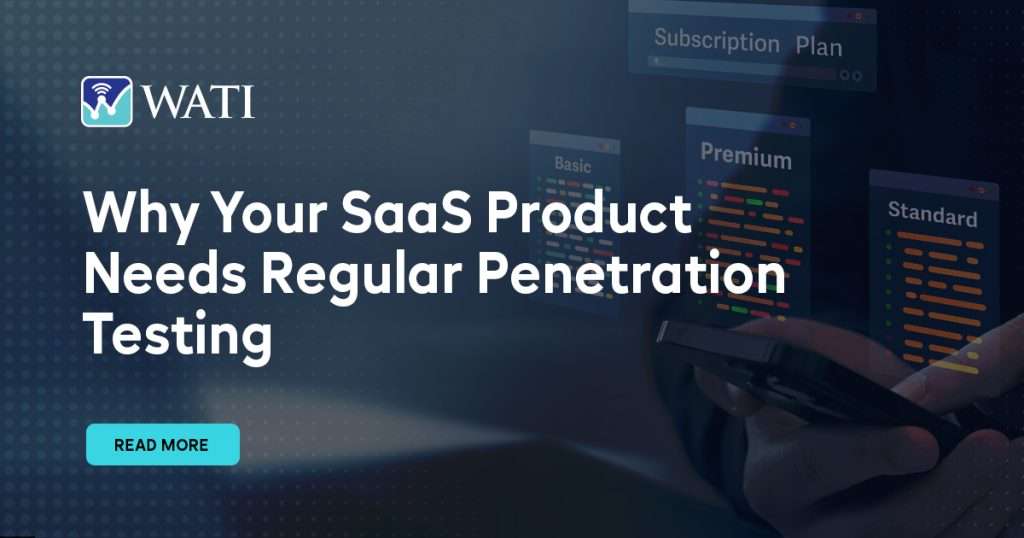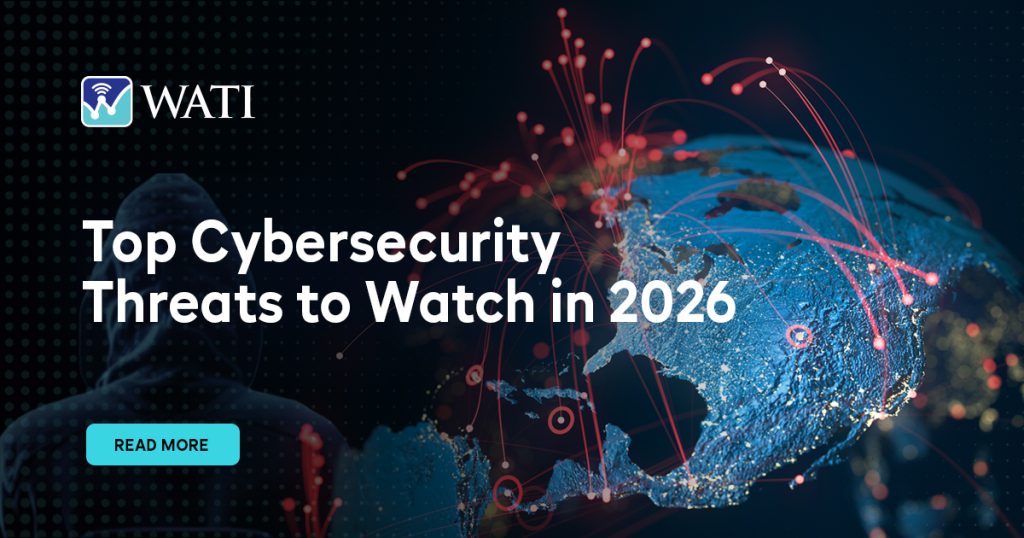AI Penetration Testing (AI Pentesting) refers to the use of artificial intelligence (AI) and machine learning (ML) techniques to enhance, automate, and accelerate penetration testing (pentesting) processes. Pentesting involves testing computer systems, networks, or applications to identify vulnerabilities that attackers could exploit. AI-powered tools assist in automating tasks, improving detection capabilities, and simulating sophisticated attacks. Below, we explore the myths and realities surrounding AI-based penetration testing.
Key Components of AI Pentesting
1.Automation of Routine Tasks:
AI can automate repetitive processes such as:
- Vulnerability scanning
- Data gathering
- Testing known exploits
This significantly reduces the time and effort required from human testers.
2.Vulnerability Detection:
AI tools can rapidly analyze vast datasets to detect patterns, anomalies, or weaknesses that may indicate vulnerabilities. These tools can also learn from past testing data to detect emerging vulnerabilities.
3.Smart Exploitation:
Machine learning enables AI to:
- Simulate advanced cyberattacks
- Adapt attack strategies based on previous results
- Enhance penetration test accuracy
4.Threat Prediction:
AI systems use past security breach data to predict potential vulnerabilities, helping organizations proactively address weaknesses before they are exploited.
5.Advanced Data Analysis:
AI excels in processing large datasets and identifying complex relationships, making it invaluable for analyzing large networks, server logs, or application codes to uncover hidden security flaws.
How AI Improves Pentesting
- Speed: AI tools perform tasks at a much faster rate than humans, enabling quicker scanning of endpoints, running security configurations, and other repetitive tasks.
- Scale: AI tools can scale penetration testing, allowing for extensive testing across larger networks and systems.
- Efficiency: By automating routine processes, AI allows human testers to focus on more critical or complex issues, thus improving both the efficiency and accuracy of the testing process.
“At WATI, we combine AI automation with expert human insight to enable organizations to stay ahead of cyber threats by automating vulnerability assessments, enhancing detection capabilities, and ensuring their infrastructure remains secure.”
Myths of Pentesting Using AI
Myth 1. AI Can Fully Replace Human Pen Testers
- Reality: While AI automates routine tasks, human expertise remains essential for interpreting complex results, understanding the business context, and addressing intricate security issues that AI may not recognize.
Myth 2. AI Can Find Every Vulnerability
- Reality: While AI enhances vulnerability detection, some complex or novel vulnerabilities may require human insight to identify.
Myth 3. AI Tools Are Always 100% Accurate
- Reality: AI tools are powerful but still have limitations. Human oversight is necessary to validate results, ensure their relevance, and interpret findings in the correct context.
Myth 4. AI Will Evolve Automatically
- Reality: AI requires continuous training and supervision to stay current with new attack techniques and vulnerabilities. It is essential for humans to update and fine-tune AI models to adapt to emerging security challenges.
Realities of Pentesting Using AI
1. AI Boosts Efficiency and Speed
AI accelerates penetration testing by automating repetitive tasks, such as vulnerability scanning, basic exploit runs, and report generation. This allows human testers to focus on more advanced tasks, improving both speed and efficiency.
2. AI Enhances the Scope of Testing
AI can scale penetration testing, enabling the assessment of multiple systems or applications simultaneously. This broadens the scope of pentesting, making it feasible to perform comprehensive security checks across large and complex infrastructures.
3. AI Supports In-Depth Data Analysis
AI excels at analyzing large volumes of data, identifying hidden patterns, and spotting vulnerabilities that might be overlooked by human testers. This ability is particularly useful for processing server logs, network traffic, or application code.
4. AI Provides Advanced Threat Detection
By using machine learning algorithms, AI can recognize evolving attack techniques and predict potential exploits based on past security incidents. AI-powered tools help detect vulnerabilities that were previously undetectable, enabling organizations to proactively address emerging threats.
5. AI Improves Consistency and Reporting
AI can generate consistent, thorough reports detailing vulnerabilities and recommending remediation strategies. This leads to more reliable documentation and ensures that critical vulnerabilities are not overlooked.
6. AI Enhances Human Capabilities
Rather than replacing human testers, AI augments their capabilities by automating routine tasks, providing deeper insights, and facilitating better decision-making. This partnership allows security professionals to be more productive and effective in identifying and mitigating vulnerabilities.
Conclusion
AI-powered penetration testing represents a significant advancement in cybersecurity by enhancing efficiency, accuracy, and scalability. However, it is crucial to recognize that AI is not a replacement for human expertise but rather a tool that complements and augments it. While AI can streamline penetration testing, human oversight is essential for interpreting results, identifying complex threats, and ensuring continuous improvement in security strategies.
At WATI, we combine AI-driven automation with expert human insight to deliver comprehensive penetration testing services. Our approach ensures that organizations receive the most accurate, efficient, and actionable security assessments, helping them stay resilient against ever-evolving cyber threats.
Contact us today for more information on how WATI can strengthen your cybersecurity posture.
Frequently Asked Questions (FAQs)
AI penetration testing leverages artificial intelligence and machine learning to automate parts of the vulnerability discovery and exploitation process. Unlike traditional penetration testing, which is primarily manual and based on the tester’s skills and tools, AI-based pen testing can simulate threats at a much larger scale, uncover patterns, and learn from previous attacks. It enhances speed, accuracy, and efficiency—especially in dynamic, large-scale environments like cloud infrastructures and SaaS platforms.
No, AI-based penetration testing is not entirely automated. While AI can handle repetitive tasks like scanning, data correlation, and anomaly detection, human expertise is still critical for interpreting results, customizing attack simulations, and identifying complex business logic vulnerabilities. AI enhances the process but doesn’t replace human-led testing entirely.
AI can significantly augment the capabilities of human ethical hackers but cannot fully replace them. Penetration testing involves creativity, contextual understanding, and strategic thinking—traits that AI currently lacks. Human testers can think like adversaries, understand business logic flaws, and adapt to evolving environments, whereas AI is best used to support and speed up the assessment process.
AI-driven tools have become increasingly accurate due to advancements in machine learning, pattern recognition, and behavioral analytics. However, they are not foolproof. False positives and missed vulnerabilities can still occur. That’s why AI testing should be supplemented with manual validation and expert review to ensure complete and reliable results.
Common myths include:
- “AI can run a full pen test without human intervention.”
- “AI tools are immune to errors or false positives.”
- “Using AI means no need for regular testing.”
These are misconceptions. While AI enhances the process, it should be integrated into a broader, ongoing cybersecurity strategy that includes expert validation and manual techniques.
AI can analyze massive datasets, network logs, and application traffic at scale and in real-time, allowing faster identification of anomalies, misconfigurations, and known CVEs (Common Vulnerabilities and Exposures). Its ability to learn from past threats also helps it anticipate and detect emerging attack patterns, making the process more proactive.
Yes, but its implementation varies. Large enterprises and SaaS companies benefit significantly due to the complexity and size of their infrastructures. Small to medium-sized businesses can also gain from AI-based tools, especially those that integrate with DevSecOps workflows or offer continuous testing. However, proper configuration and expert guidance are still essential for effectiveness.
AI has limitations such as:
- Inability to understand complex business logic.
- Dependence on the quality of training data.
- Risk of bias or false results.
- Limited decision-making in unpredictable scenarios.
AI is a powerful tool but must be part of a layered, human-supervised security testing strategy.
AI enables continuous assessment by automating scanning and monitoring processes. It can detect changes in code, configurations, or network behavior in real time, and initiate tests as needed—without waiting for periodic manual tests. This real-time vigilance is essential for agile environments and CI/CD pipelines where vulnerabilities can be introduced at any time.
Organizations can start by adopting AI-enhanced tools that complement existing manual penetration testing processes. It’s essential to train teams on interpreting AI-generated insights, set up workflows that combine AI automation with human oversight, and ensure that testing aligns with business goals and compliance requirements. Partnering with cybersecurity firms offering hybrid testing models is often the most effective path.



